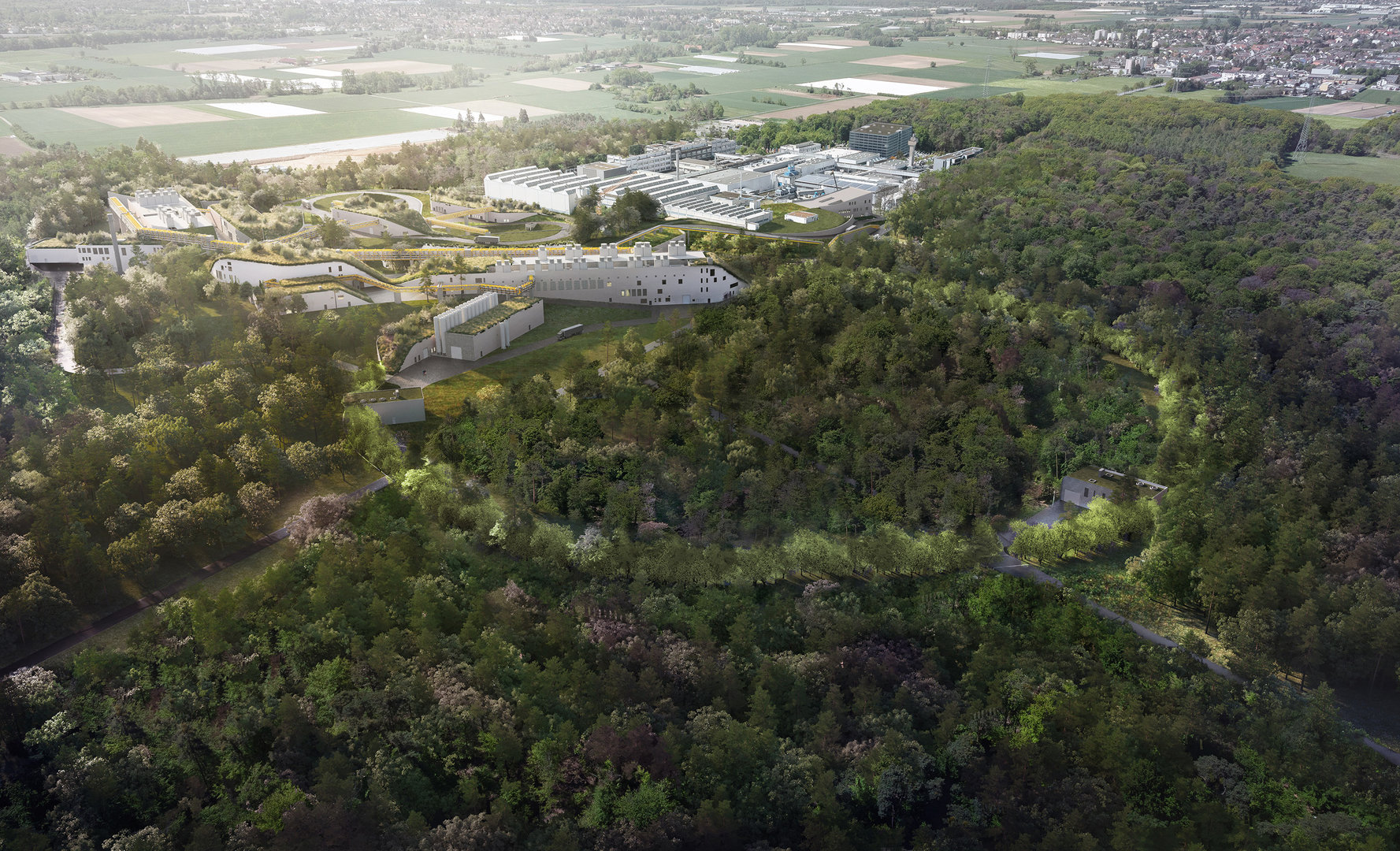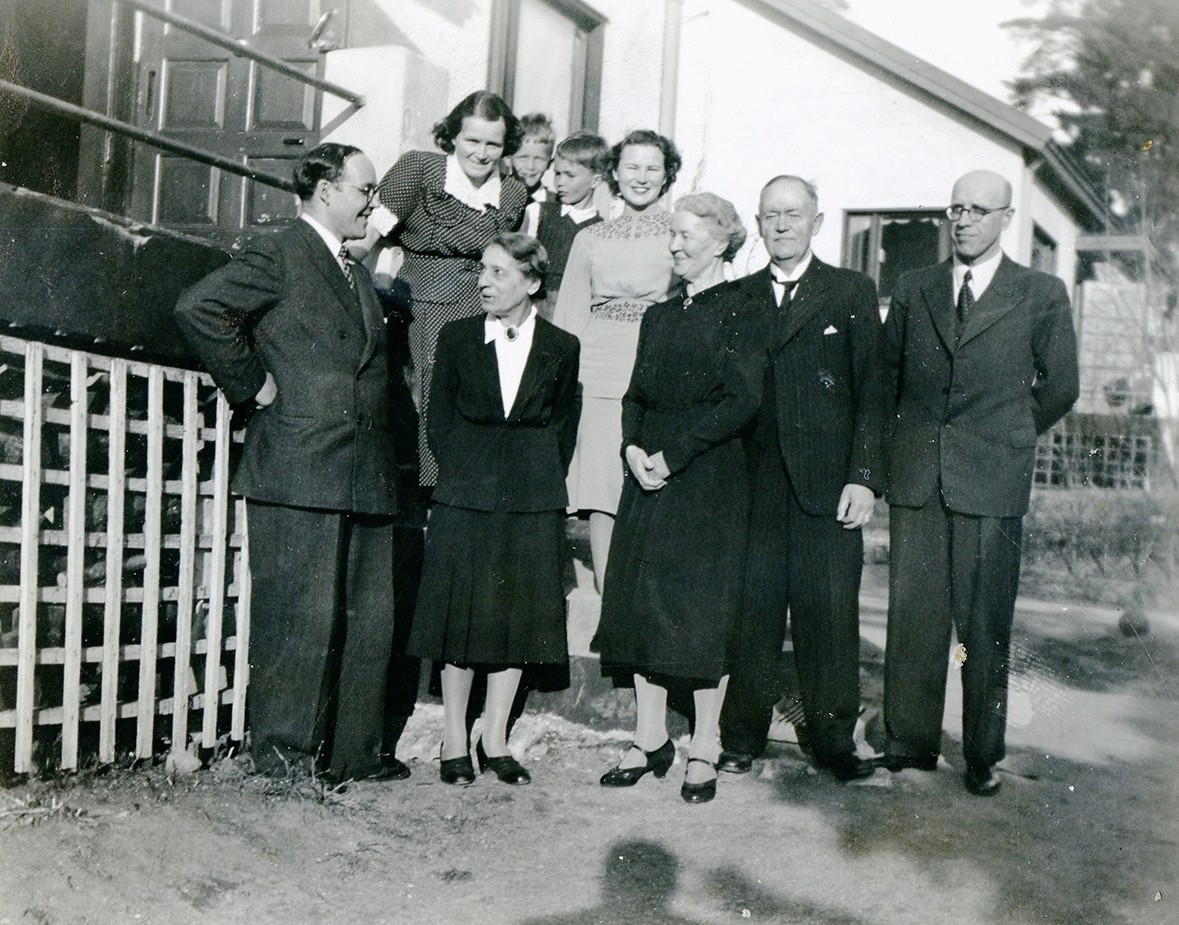Without wanting to turn this blog into one about quizzes, I went with a couple of friends to my local pub for their Sunday night quiz only to find that one of the regular rounds was very on-topic. Round 3 is always a "top 5" round in which there are two parts, each of which asks you for five answers. Often these are the top 5 in some category, though yesterday they were not quite that, but just categories with only 5 answers and we we were asked to list them all.
Question 1 was on the words use to describe the going on horseracing courses. We managed to pluck 4 out of the 5 of those. Question 2 asked "What 5 chemical elements begin with the letter H?" Should be a write-in for a nuclear physicist, right? Well, I immediately wrote down Hydrogen and Helium, then Hafnium (named after Copenhagen - Hafn and Hagen are cognate words meaning harbour, like our word haven). Then it took me a minute to remember the proper name and spelling of the element Ho (it's Holmium, this time named after Stockholm).
The last one was a bit trickier for me. Part of the problem is that I remember a series of element names that were widely used before international agreement. I couldn't remember if Hahnium (named after Otto Hahn) was one of these. In the end, I decided (correctly) that it was, and that the other element beginning with H is actually named after the German state of Hesse, where the GSI laboratory is situated. I wrote down Hessium but the actual answer is Hassium but the people marking liaised with the questionmaster and they decided this was good enough for the point. It's called Hassium because of the Latin spelling of the state of Hesse.
Anyway - quite a hard question, really, with three pretty obscure elements. Apparently there was a science teacher in one of other teams and he was outed as not having scored 5/5!
Obligatory picture: The GSI site with the upgraded FAIR project, in the German state of Hesse





